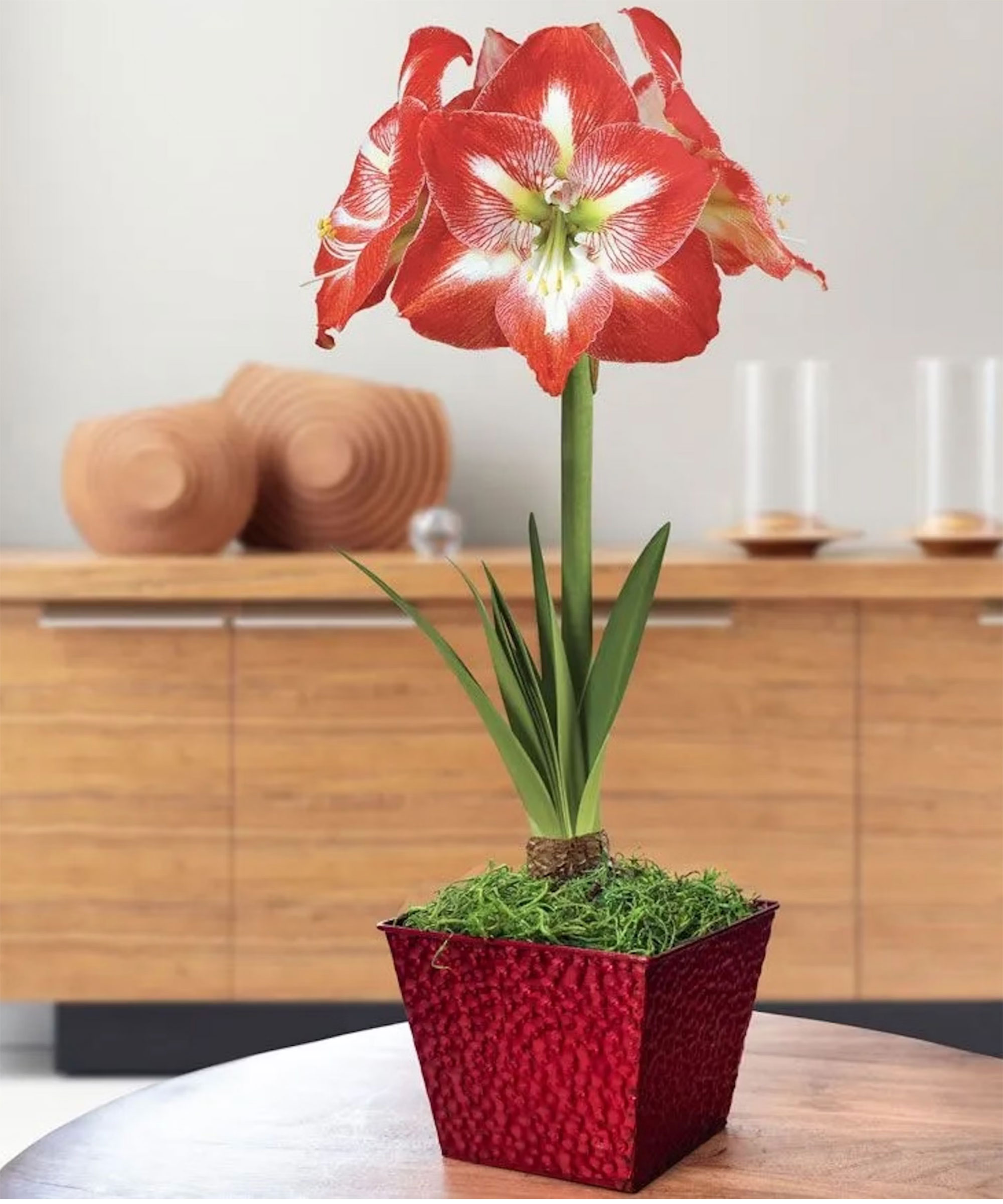Best Plants For Christmas Decorations – 8 Holly Jolly Holiday Decor Ideas
Looking to spruce up for the holidays but want to go beyond the spruce? Here are 8 festive holiday plants just for you.
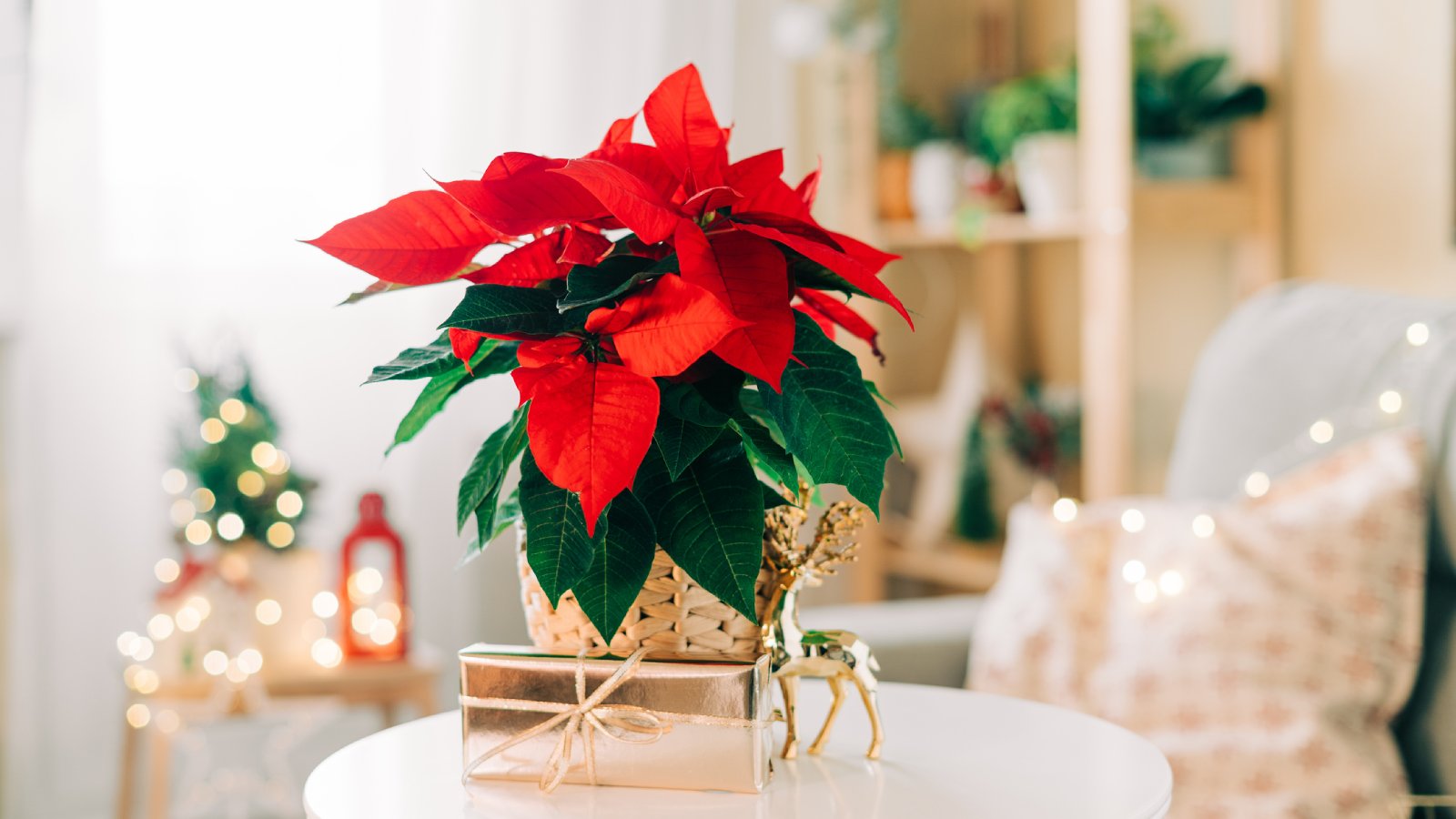
Plants play a big part in our Christmas decor. Plants for Christmas decoration run the gamut from mistletoe to garland greenery, poinsettias and Christmas trees. Plants used for Christmas decorations also have a lengthy history dating back thousands of years, actually predating Christianity.
So what plant decorations will you be using for Christmas? Need some ideas? Keep reading to learn about decorating for Christmas with plants.
Festive Plants for Christmas Decorations
Everyone is familiar with the Christmas tree, but not everyone has room for a towering Noble fir. Maybe you don’t like the idea of razing a tree from the forest floor or don’t see the sense in paying good money for a big plant that is going to die in a month. Perhaps the kids have flown the nest and you’re downsizing but still want to decorate.
Whatever the reason, there are plenty of festive plants suitable for Christmas decor, both inside and outside. Here are my top 8 plant selections for a holly jolly Christmas.
1. 'Gold Cone' Juniper
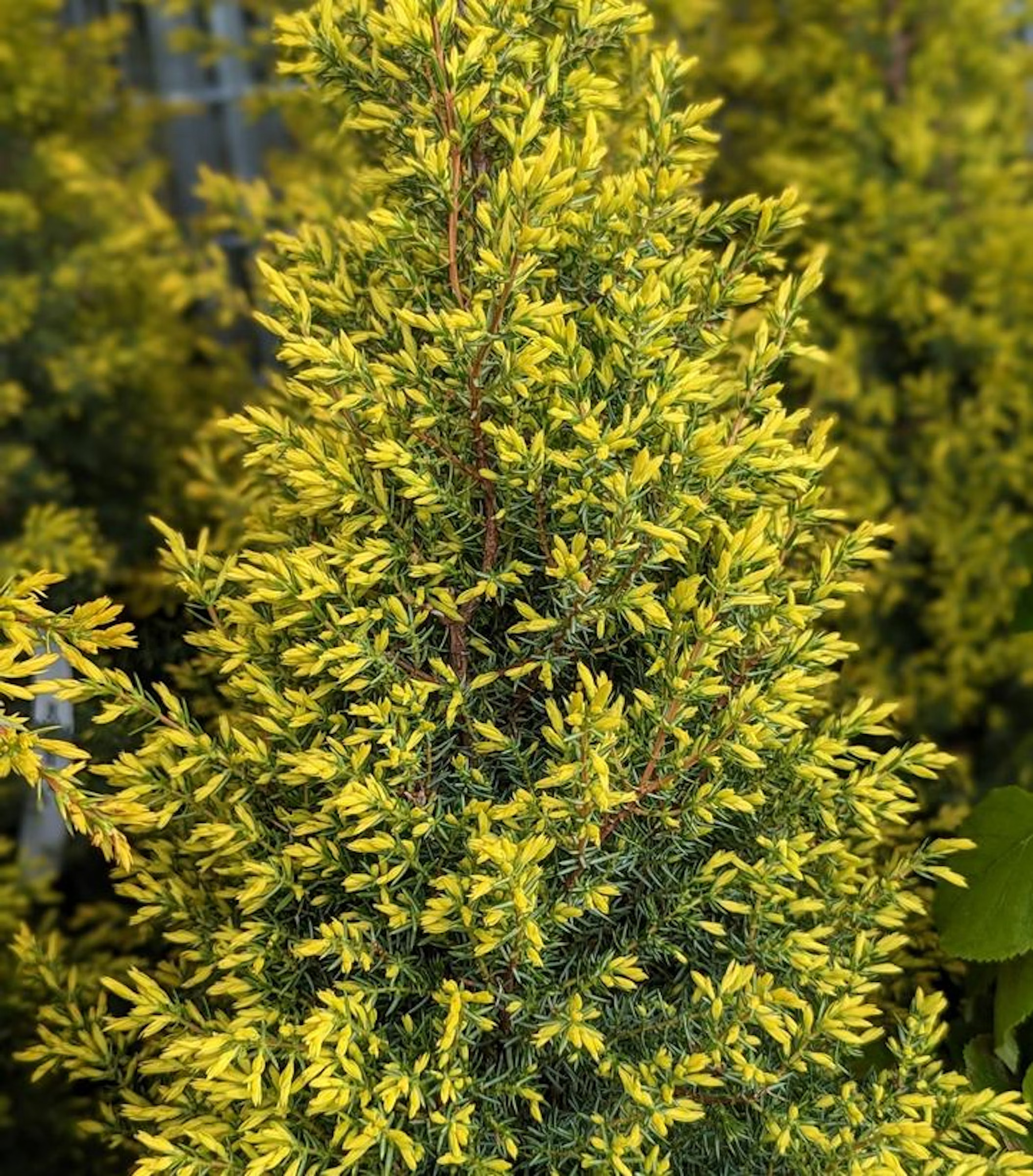
Looking for a living Christmas tree? ‘Gold Cone’ juniper, available in the GKH shop, is an upright, slow growing evergreen with a glorious bright gold color produced in the spring that barely fades through the seasons.
‘Gold Cone’, like other juniper shrubs, is easy to grow in a full sun location. It only grows about 3-4 inches per year; perfect for smaller landscapes or as a container specimen.
If you would rather have a more traditional green evergreen, try the dwarf ‘Alberta’ spruce, another slow growing tree with a pyramid-shape that would look terrific with holiday lights strung upon it.
Sign up for the Gardening Know How newsletter today and receive a free copy of our e-book "How to Grow Delicious Tomatoes".
2. Holly
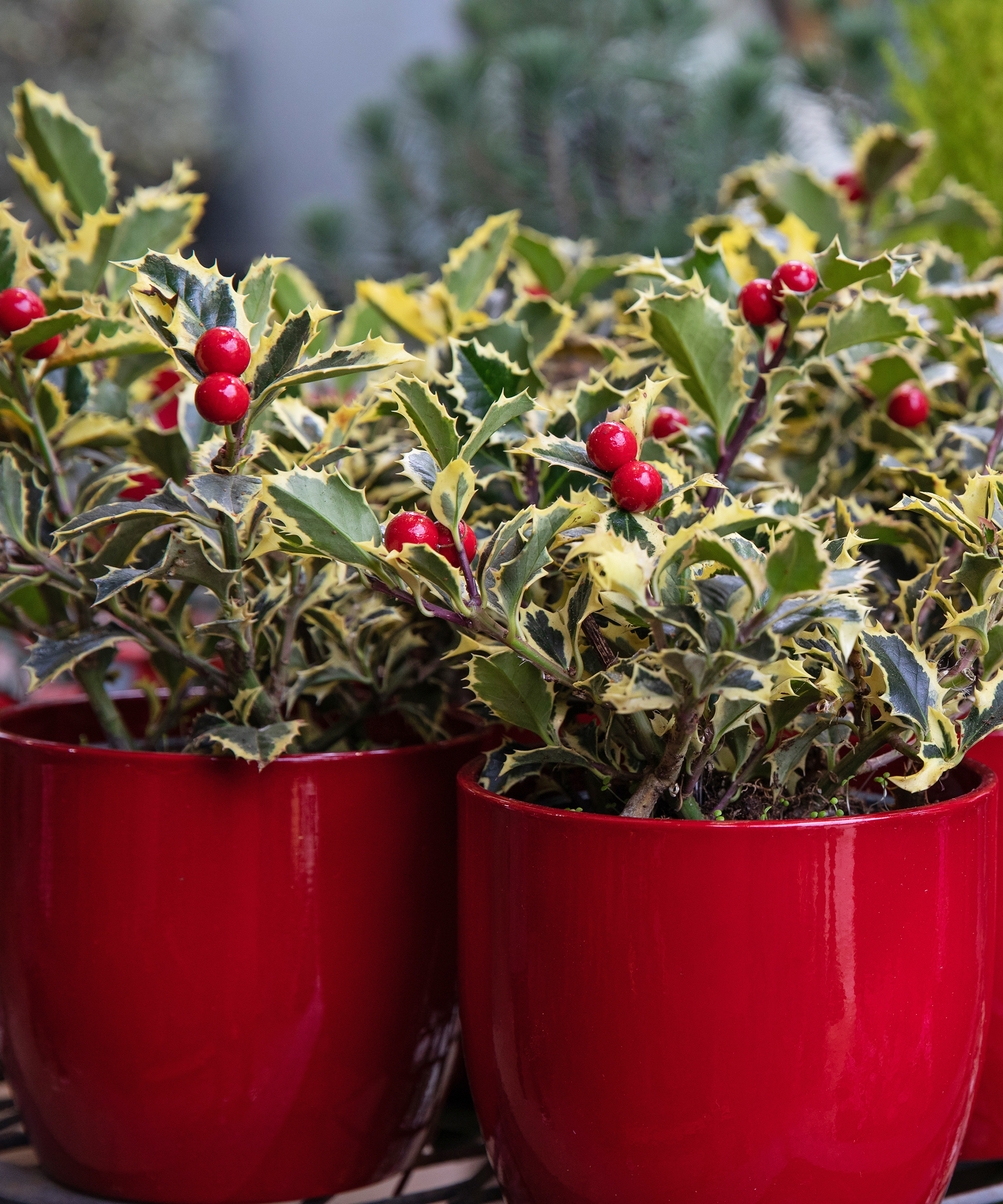
Holly plants are often used as holiday decor with their cheerful red berries and glossing point leaves. There are over 570 species of this genus, some evergreen and some deciduous, but the most commonly used as holiday decor is the European holly.
For something a little different outside of the traditional glossy green leaved holly, try ‘Honey Maid’ holly. This holly has lovely creamy variegated foliage with a pyramidal habit that will look stunning in landscapes in USDA zones 5-9. Plant this beauty in full sun with well-draining soil.
If you like the look of holly, you’ll also like ‘Goshiki’ false holly. ‘Goshiki’ translates from the Japanese to “five colors” and this beauty doesn’t disappoint with mature leaves of green dotted with cream, gray-green and yellow-green and immature red leaves that turn to green. This is a truly colorful addition to the landscape that can be grown in USDA zones 6-9 in sun to part shade.
3. Amaryllis
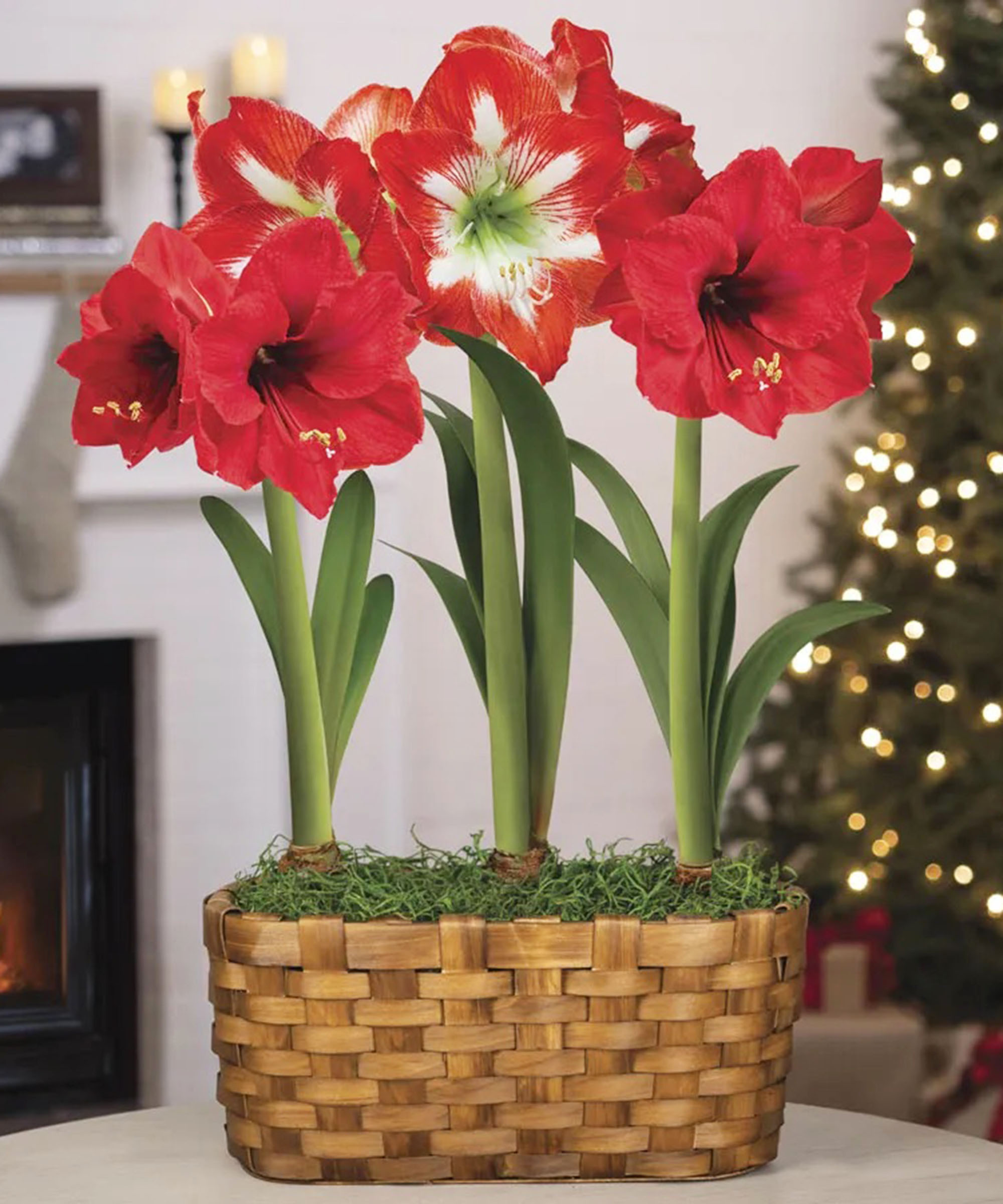
It just isn’t Christmas without my gorgeous blooming amaryllis. I’ve kept a few varieties alive for years and fingers crossed, I will continue to do so. Some people treat the bulb as disposable, but they can be grown as houseplants, placed outside in the summer and then brought back in to rebloom for years. It’s a little more involved than that, but easy to do.
There are many varieties of amaryllis, - over 500, actually - with colors ranging from white to pink to red to orange. Popular for their very large blooms which may be up to 10 inches across, amaryllis may also be dwarf in size, double petaled or have diminutive blooms.
Amaryllis can be grown in soil or in water. Make sure the bulb is only half submerged in soil when you plant it. The bulb will produce a bloom in 6-12 weeks.
Try growing the traditionally red ‘Holiday Glow’ or ‘Winter Watch’ double blooming snow white amaryllis, or both to add to your Christmas decor.
4. Cyclamen
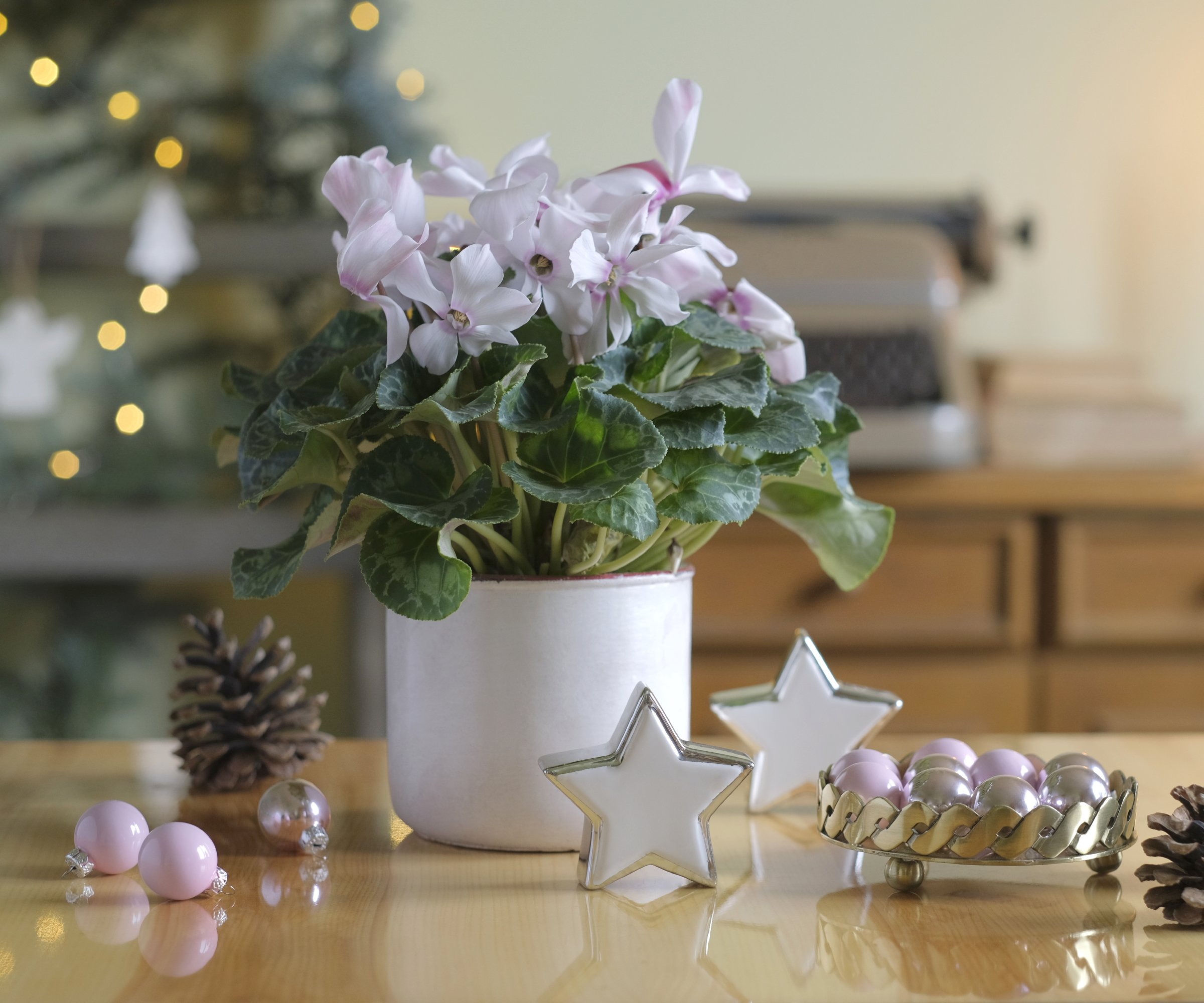
A tuberous perennial that can be grown outside in USDA zones 9-10, pretty cyclamen makes a beautiful indoor houseplant. It has lovely heart shaped, green and silver leaves with red undersides accented by five petaled blooms in red, pink, white, purple or lavender.
Grown from a tuber with a mounding habitat, cyclamen prefers cool temperatures and indirect light. It does like humidity so place the container on a saucer filled with pebbles and water. To encourage the plant to bloom again, reduce water in the summer and allow the plant to go dormant until the early fall.
5. Poinsettia
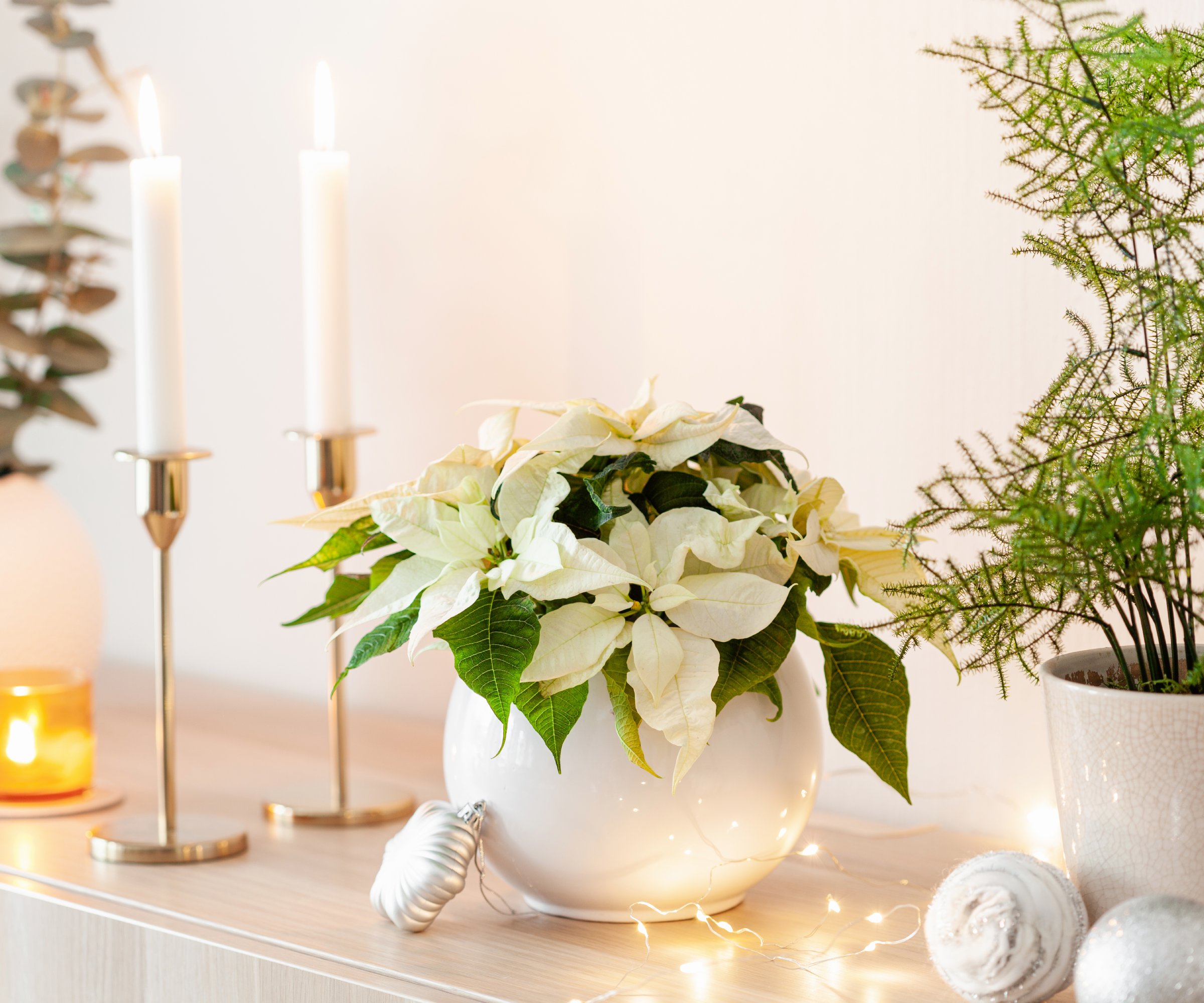
I can’t have a list of holiday plants without adding the poinsettia. A native of Mexico, poinsettia plants are likely the most popular Christmas plant outside of the Christmas tree. The colorful bracts (modified leaves) were originally used as a dye but after the introduction of Christianity, Franciscan priests used the poinsettia in their nativity processions.
When poinsettias were introduced into the USA, the red bracts only lasted a few days but today's plants have been created to last longer, through the entire season. The plant is also now available in a variety of colors from red to pink to gold and may be variegated or marbled.
To grow poinsettia as a houseplant, select an area of bright but indirect light away from drafts. Water the plant only when the top inch (2.5 cm) of soil feels dry to the touch and make sure the container has excellent drainage.
6. Christmas Cactus
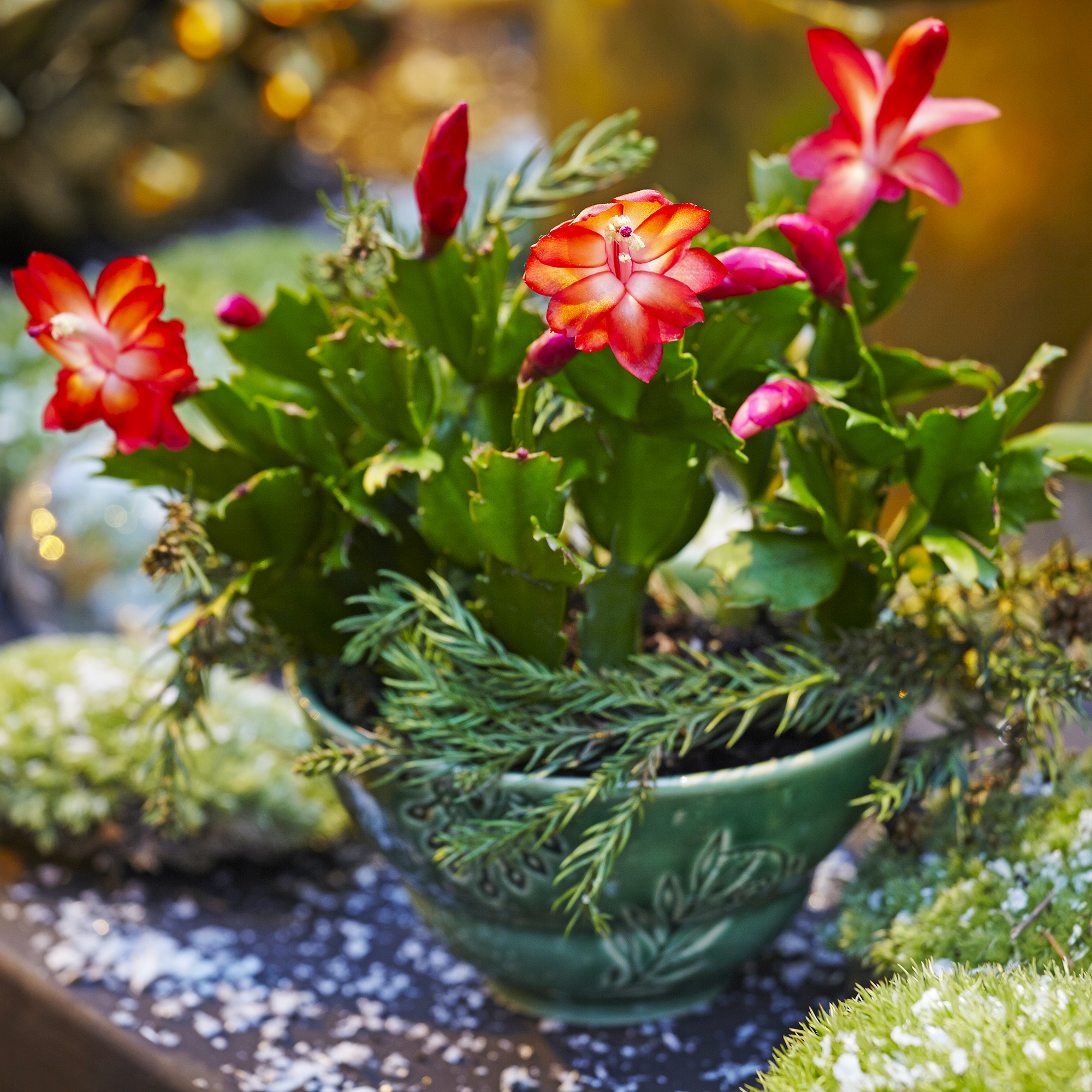
More aptly named ‘Holiday’ cactus, there are actually three different varieties named after when they bloom: Christmas, Thanksgiving and Easter cactus But all are Schlumbergera species or hybrids. And, none of them are actually cactus but rather epiphytes that are usually categorized as succulents.
A true Christmas cactus has scalloped edges while a Thanksgiving cactus has 2-4 pointed teeth along the edges of its stem segments.
Holiday cacti are short-day plants, those that need a longer period of darkness to elicit blooms. They prefer cool temperatures, indirect light, and a normal home temperature of 60-75 F (16-24 C). Fertilize the plants every month or two during the growing season and water when the top 1-2 inches (2.5-5 cm) of the plant feels dry to the touch.
7. Kalanchoe
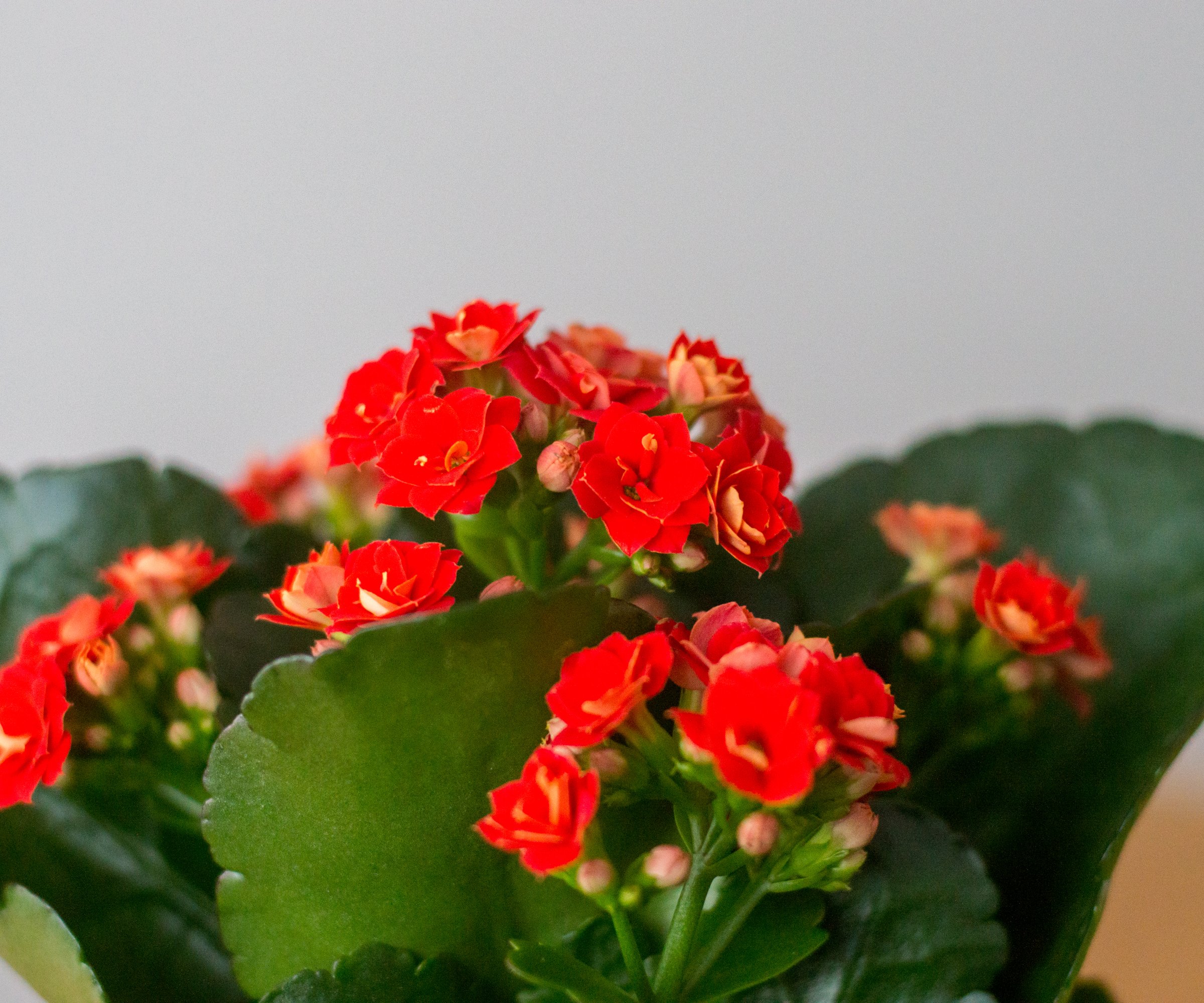
You may have seen this beauty at the nursery. There are over 125 species of this tropical succulent. Low maintenance with high reward, this succulent blooms with a profusion of brilliantly colored flowers. At a scant 12-18 inches tall, it makes the perfect houseplant.
While there are many species in the Kalanchoe genus, the most common uses as a houseplant is Kalanchoe blossfeldiana, also referred to as flaming Kay or Christmas kalanchoe. It has fleshy, scalloped green leaves and produces numerous flower clusters.
Plant kalanchoe in well-draining soil like a succulent mix, in a container with adequate drainage holes. Place the container in an area of bright, indirect sun that provides it with at least 8 hours of light. Because it’s a succulent, overwatering can be a problem. Allow the plant to dry out between waterings. Keep the plant in a warm room away from any drafts.
8. Christmas Wintergreen
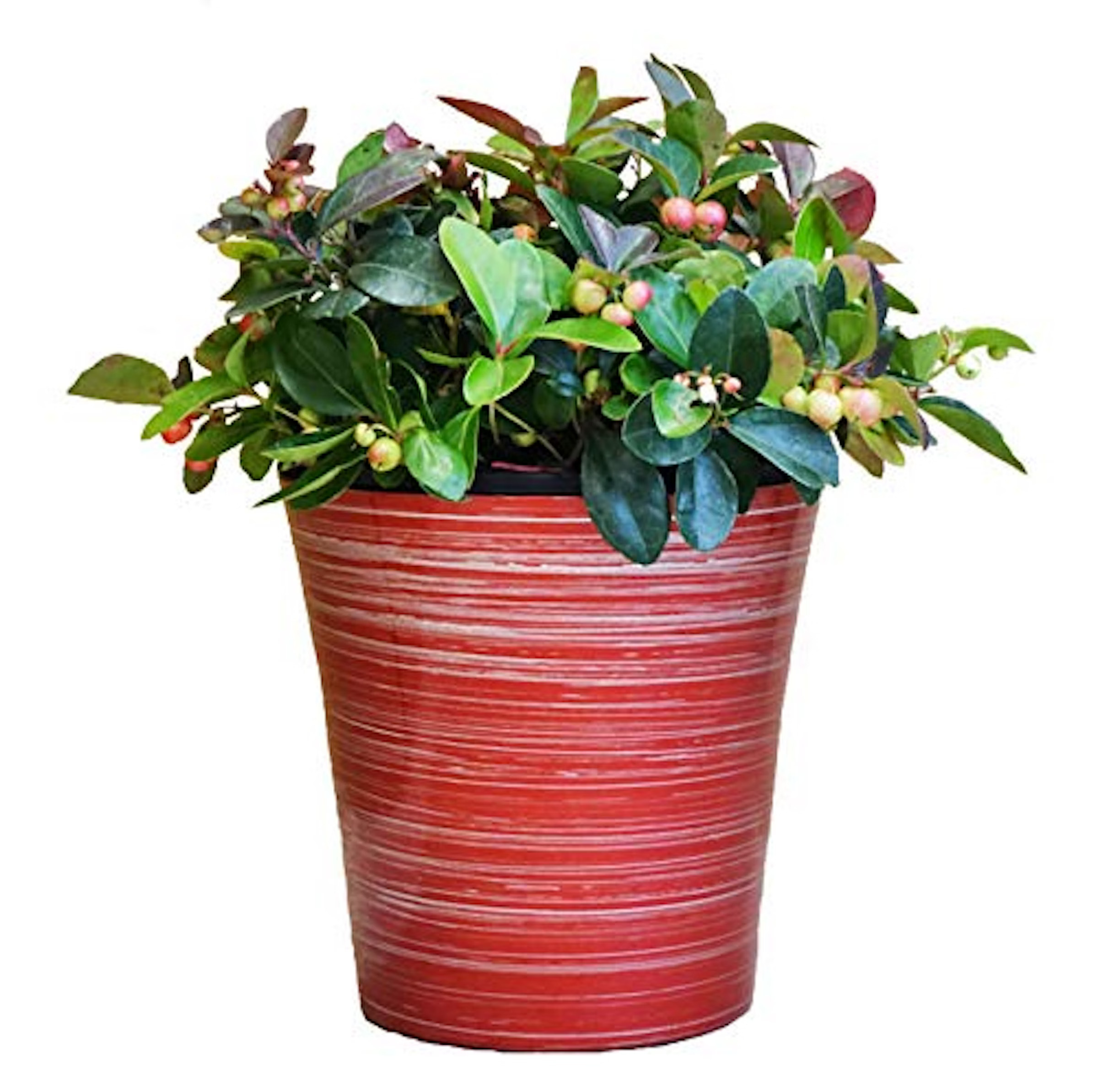
Wintergreen is a flavor associated with the chilly, snowy months of winter (and toothpaste, gum and Listerine) but did you know that distinct taste comes from the leaves and fruit of the wintergreen plant (Gaultheria procumbens)? It’s true, and you can grow your very own ‘Christmas’ wintergreen plant.
‘Christmas’ wintergreen can be grown in USDA zones 3-8 in the ground or as a container plant. It is a low maintenance plant perfect for use as an evergreen groundcover. It is most spectacular during the winter with its dark green leaves accented by large red berries.
These are by no means the sole plant options for Christmas decor. Other flowering plants like Anthurium, paperwhite bulbs, azaleas and even orchids can brighten your home, adding to the Christmas cheer that will make you forget all about the frigid temps and blowing snow outside.
This article features products available from third-party vendors on the Gardening Know How Shop.

Amy Grant has been gardening for 30 years and writing for 15. A professional chef and caterer, Amy's area of expertise is culinary gardening.

